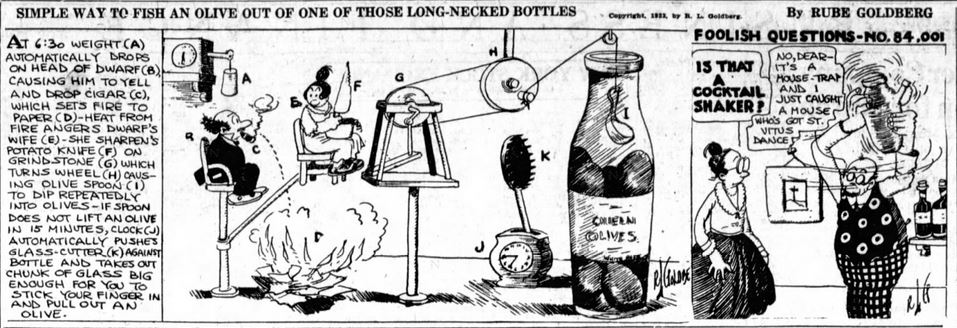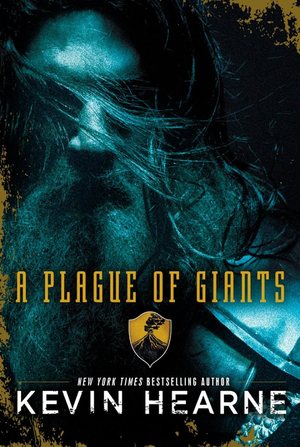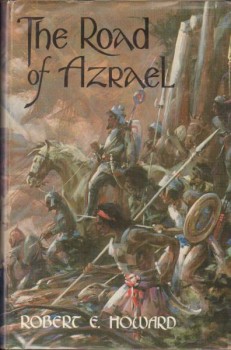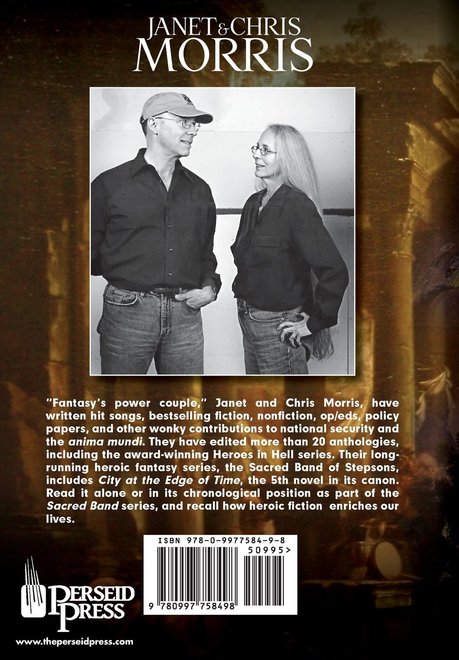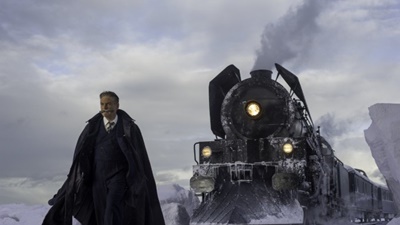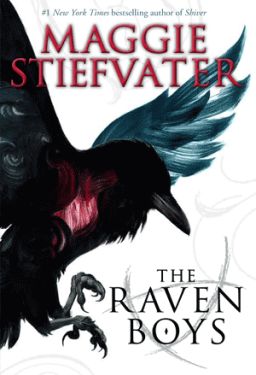A Homecoming: Son of Mfumu by Milton J. Davis
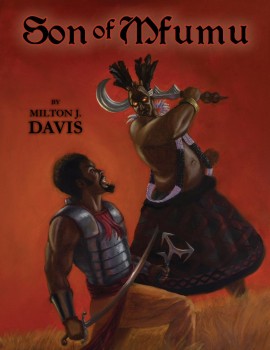 “…keep it old school. Don’t make it boring, pack it with action, don’t invert it, converge it, or subvert it. Have a hero even if he is a rascal. Have some gothic atmosphere and a touch of cosmicism. Give it technicolor and dream dust instead of shades of gray. Have the ending mean something.” -Morgan Holmes, on writing a classic S&S story.
“…keep it old school. Don’t make it boring, pack it with action, don’t invert it, converge it, or subvert it. Have a hero even if he is a rascal. Have some gothic atmosphere and a touch of cosmicism. Give it technicolor and dream dust instead of shades of gray. Have the ending mean something.” -Morgan Holmes, on writing a classic S&S story.
Milton Davis’ five volume series about the mighty and wily Changa Diop is swords & sorcery cast from a classic mold, the dimensions of which were first set down ninety years ago by Robert E. Howard, Clark Ashton Smith, and C.L. Moore. Changa is a hero through and through. Even when he’s got one eye focused on making a profit, the other is on his own honor and courage. There are wonderful descriptions of a vibrant, exciting world designed perfectly as a stage for mighty adventures, but done so well it never impedes the action. Of action, there’s more than enough for any S&S fan, ranging from duels with pirates to epic battles with demonic conjurations. Heroes are bold and villains deadly. This is the root stuff of which good S&S is made.
Whenever you get bummed out about the current state of S&S, rest assured that there are authors hewing to something like Holmes’ cri-de-coeur. And they aren’t making copies of the tried and true, but crafting their own myths and legends, adding their rousing additions to this genre we love.
Starting with Changa’s Safari (2011), and continuing for four more books, Milton Davis has sent our titular hero to the ends of the earth in search of the means to avenge his father’s murder, and claim the throne of Kongo from the usurper and sorcerer, Usenge. Each comrade with whom he surrounds himself is skilled and memorable in his own way. Foremost, there is the blue-robed and silent swordsman known only as the Tuareg. Zakee is a young Yemeni prince rescued from a disastrous marriage, the irascible navigator Mikaili is an Ethiopian with plans to become an priest someday…just never today, and finally there is Panya, Yoruban sorceress and beloved of Changa.

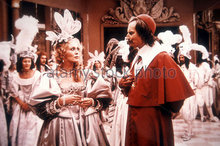
 For the most part parties in literature seem to be limited to pre-WWII novels where omniscient narrators can give us interesting overviews, occasionally zooming in to present important detail. Look at Jane Austen: with or without zombies these people spend a lot of time at balls, dances, tea parties, supper parties and the like. Otherwise, how would the characters, particularly the women, meet one another? Even Cinderella meets the prince at a ball.
For the most part parties in literature seem to be limited to pre-WWII novels where omniscient narrators can give us interesting overviews, occasionally zooming in to present important detail. Look at Jane Austen: with or without zombies these people spend a lot of time at balls, dances, tea parties, supper parties and the like. Otherwise, how would the characters, particularly the women, meet one another? Even Cinderella meets the prince at a ball.